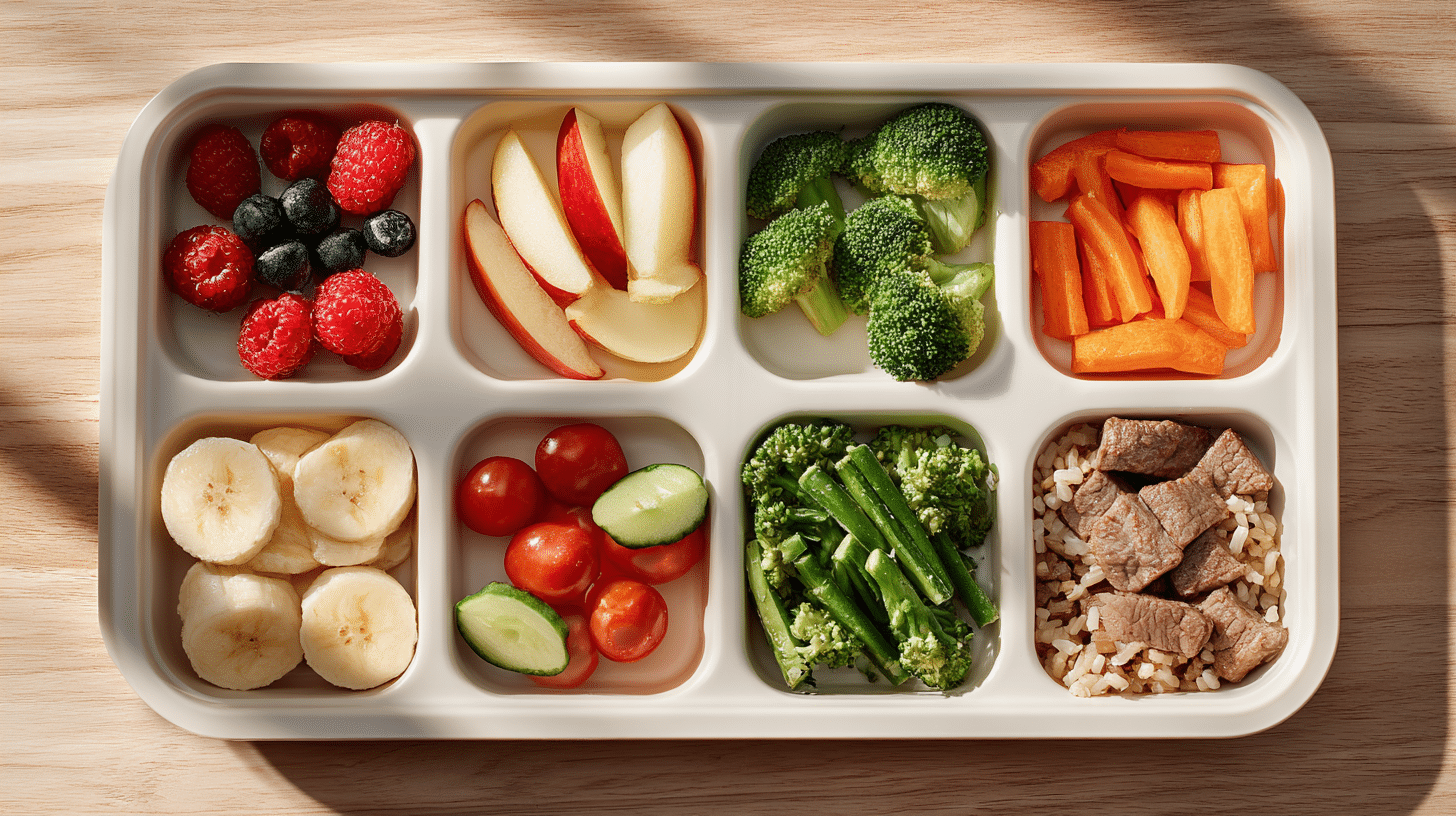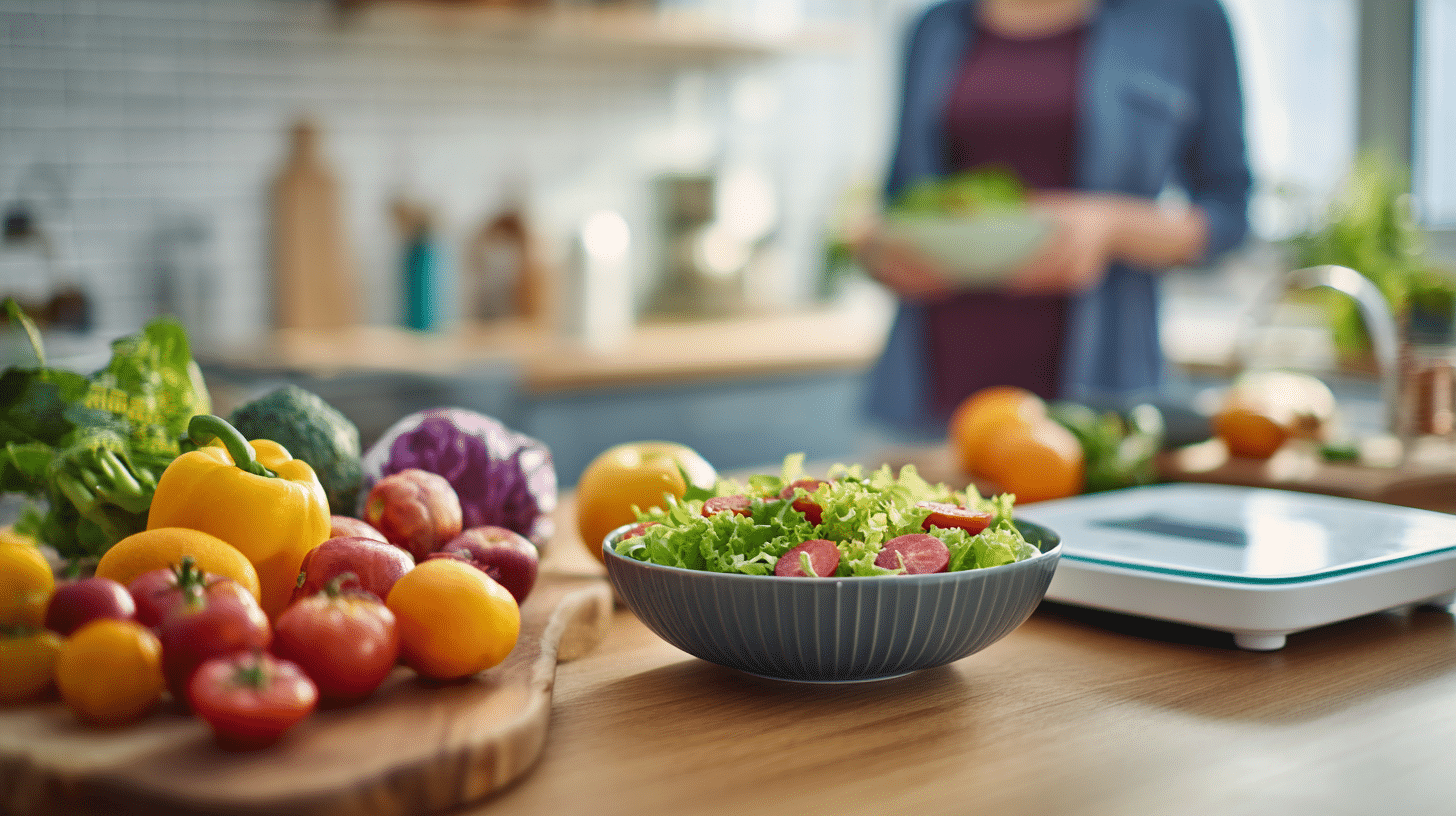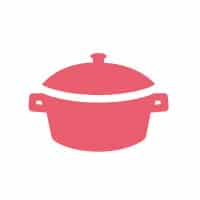Is everyone around you also talking about losing weight super fast with something called the GM Diet? This popular eating plan promises you can drop pounds in just one week.
But before you jump in, let’s take a closer look at what this diet really is and whether it actually works.
The GM Diet has been around for years, and lots of people swear by it.
Some say it was created by General Motors for their employees (that’s where the “GM” name comes from), but that’s actually just a myth. No one really knows who invented it first.
What is the GM Diet?
The GM Diet is a 7-day eating plan that tells you exactly what types of food to eat each day. It’s pretty strict – you can only eat certain food groups on specific days.
The whole idea is to eat very few calories while drinking tons of water.
Think of it like following a very detailed recipe, except instead of making a cake, you’re trying to lose weight quickly. Each day has its own “ingredients” or food groups you’re allowed to eat.
The diet focuses on fruits, vegetables, and some lean proteins. You’ll also need to drink at least 8-10 glasses of water every day. No cheating allowed – you have to stick to the plan exactly as written.
What’s Allowed on This Diet?
Here’s what you can eat each day:
Day 1: Fruits only – You can eat any fruit except bananas. Watermelon, apples, oranges, and berries are great choices.
Day 2: Vegetables only – Raw or cooked veggies are fine. You can have a baked potato with a little butter for breakfast.
Day 3: Fruits and vegetables – Mix it up! But still no bananas or potatoes today.
Day 4: Bananas and milk – Eat up to 8 bananas and drink 3 glasses of milk. Sounds weird, right?
Day 5: Lean proteins and tomatoes – Fish, chicken, or beef (about 20 ounces) plus 6 tomatoes.
Day 6: Lean proteins and vegetables – Same proteins as yesterday, but swap tomatoes for other veggies.
Day 7: Brown rice, fruit juice, and vegetables – Finally, some carbs! One cup of brown rice, fresh fruit juice, and any vegetables you want.
Guidelines for Following the GM Diet

If you decide to try this diet, here are the main rules and important things to keep in mind:
What You Can Do:
- Exercise lightly, like walking or gentle yoga
- Use herbs and spices to add flavor to your food
- Eat food at any time of day (no strict meal timing)
- Drink as much water and herbal tea as you want
- Take a basic multivitamin if your doctor approves
What You Cannot Do:
- Add oil, butter, or dressings to your food (except the tiny bit allowed on Day 2)
- Drink alcohol, soda, or sweetened beverages
- Use sugar, honey, or artificial sweeteners
- Eat any foods not listed for each specific day
- Do intense workouts or heavy lifting
Important Safety Tips:
- Stop the diet immediately if you feel dizzy, weak, or unwell
- Don’t drive long distances if you feel lightheaded
- Get plenty of sleep since your energy levels may be lower
- Don’t repeat the diet right away if you finish all seven days – your body needs a break of at least 2-3 weeks
Remember, this is a very restrictive plan, so listen to your body and don’t push through serious discomfort.
Sample 7-Day Meal Plan

Here’s exactly what you could eat each day, including all meals and snacks:
Day 1: Fruits Only
|
Day 2: Vegetables Only
|
Day 3: Fruits and Vegetables
|
Day 4: Bananas and Milk
|
Day 5: Lean Proteins and Tomatoes
|
Day 6: Lean Proteins and Vegetables
|
Day 7: Brown Rice, Fruit Juice, and Vegetables
|
Remember, portions can be adjusted based on how hungry you feel, but stick to the allowed foods for each day. You’ll definitely get tired of eating the same things, especially on days 4 and 5!
Pros and Cons of the GM Diet

Like any extreme diet, the GM Diet has both supporters and critics. Let’s look at both sides to help you understand what you’re getting into.
Benefits of the GM Diet
So why do people like this diet? There are a few reasons:
You’ll lose weight fast – many people drop 5-7 pounds in the first week. But here’s the catch: most of that weight is just water, not fat. You’ll eat way more fruits and vegetables than usual, which is actually healthy. It also forces you to cut out junk food completely for a week.
The quick results can make you feel motivated to keep making healthy choices. Sometimes people need that fast boost to get started on a longer weight loss journey.
Disadvantages and Criticisms
But wait – there are some serious problems with this diet too.
First, there’s no real scientific research that proves the GM Diet actually works for long-term weight loss. Most nutrition experts think it’s too extreme and unbalanced.
You might not get enough of the important nutrients your body needs. Some days you barely eat any protein, and other days you don’t get healthy fats. Your body needs both of these every single day.
The weight you lose comes back quickly once you start eating normally again. Remember, most of what you lost was water weight, not actual fat. You might also lose muscle instead of fat, which isn’t what you want.
Many people feel tired, cranky, or weak while following this diet. That’s because you’re not eating enough calories to fuel your body properly.
Who is the GM Diet For?
This diet might work for some people in very specific situations. If you want a quick reset after eating poorly for a while, it could help you get back on track. Some people use it as a way to jump-start healthier eating habits.
But it’s definitely not right for everyone. Pregnant women, people with diabetes, and anyone with eating disorders should avoid it completely. Kids and teenagers shouldn’t try it either since they need steady nutrition to grow properly.
If you take any medications or have health problems, talk to your doctor first. This diet can affect your blood sugar and energy levels in ways that might be dangerous for some people.
What Does Research Say About the GM Diet?
Scientists haven’t studied the GM Diet specifically, but they have looked at other very low-calorie diets like this one. Most research shows that extreme diets don’t work for long-term weight loss.
When you eat very few calories for several days, your body goes into “starvation mode.” It slows down your metabolism to save energy. This makes it harder to lose weight and easier to gain it back later.
Studies also show that balanced diets with moderate calorie reduction work much better over time. Slow and steady really does win the race when it comes to healthy weight loss.
How to Adapt the GM Diet for Yourself
If you really want to try something like the GM Diet, here are some ways to make it healthier:
Add some protein to every day, even the fruit and vegetable days. Try Greek yogurt, nuts, or protein powder in smoothies. Don’t repeat the diet cycle over and over. Use it as a one-time reset, then switch to a more balanced eating plan.
Focus on building healthy habits that you can stick with long-term. Learn to cook more vegetables, drink more water, and cut back on processed foods gradually.
Think of any extreme diet as a short-term tool, not a permanent solution. Real weight loss happens when you make changes you can live with forever.
Conclusion
The GM Diet can help you lose weight quickly, but most of that weight will come back. It’s very restrictive and hard to follow, and it doesn’t teach you how to eat healthy in the real world.
If you’re looking for lasting weight loss, focus on making small, healthy changes instead. Eat more vegetables, drink more water, move your body regularly, and be patient with yourself.
These habits might not give you dramatic results in one week, but they’ll help you stay healthy and maintain a good weight for life.
Remember, there’s no magic trick for weight loss. The best diet is one that you can stick with, gives your body all the nutrients it needs, and fits into your real life. Your health is worth more than a number on the scale.













